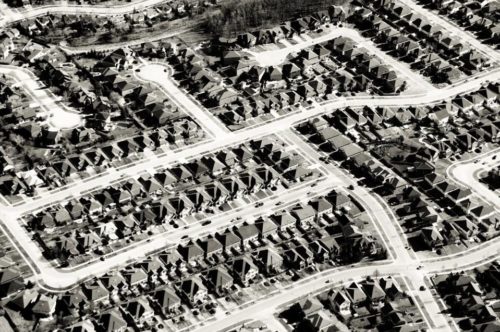Racial inequality in homeownership has been a persistent issue in America throughout history.
The legacy of discrimination and unequal access to homeownership opportunities for minorities, particularly for African Americans, has had a significant impact on the wealth and economic stability of these communities.
This article will explore the history of racial inequality in homeownership in America, highlighting key legislation, policies, and practices that have contributed to this issue.
The Homestead Act of 1862
One of the earliest examples of discrimination in homeownership in America can be traced back to the period following the Civil War. The Homestead Act of 1862, which granted land ownership to settlers in the western United States, excluded former slaves and other minorities from participating in the program. This exclusion was a significant barrier to homeownership for African Americans and other minorities, limiting their access to land ownership and the economic benefits that come with it.
Redlining
In the early 20th century, discriminatory practices such as redlining and racial covenants were prevalent in the mortgage industry. Redlining refers to the practice of denying mortgage loans to individuals based on their race or the racial makeup of their neighborhood. Racial covenants were agreements in which property owners agreed not to sell their property to people of certain races. These practices effectively prevented minorities, particularly African Americans, from obtaining mortgages and purchasing homes in certain neighborhoods, thereby perpetuating racial segregation in housing.
Federal Housing Administration (FHA)
The Federal Housing Administration (FHA), established in 1934, also contributed to racial inequality in homeownership through its underwriting policies. The FHA’s guidelines discriminated against minority neighborhoods and communities, making it difficult for residents to obtain mortgages and purchase homes. This led to the further concentration of African Americans and other minorities in urban areas and limited their access to the benefits of homeownership.
Civil Rights Movement
The Civil Rights Movement of the 1960s brought attention to the issue of racial inequality in homeownership and led to the passage of several key pieces of legislation. The Fair Housing Act of 1968 prohibited discrimination in the sale, rental, and financing of housing based on race, color, religion, sex, and national origin. The Home Mortgage Disclosure Act of 1975 and the Community Reinvestment Act of 1977 also aimed to address discrimination in the mortgage industry.
Today’s Disparity
Despite these efforts, racial inequality in homeownership persists in America today. According to data from the U.S. Census Bureau, the homeownership rate for African Americans was 44.8% in 2020, compared to 72.9% for non-Hispanic White households. This disparity in homeownership rates can be attributed to a number of factors, including ongoing discrimination in the mortgage industry, lack of access to credit, and ongoing economic inequality.
In conclusion, the history of racial inequality in homeownership in America is a complex and multi-faceted issue. From the exclusion of former slaves from the Homestead Act to the discriminatory practices of redlining and racial covenants, minorities, particularly African Americans, have been systematically denied access to homeownership and the economic benefits that come with it. Despite efforts to address this issue through legislation and policy, racial inequality in homeownership persists in America today. It will require ongoing efforts to address and eliminate discrimination in the housing market, as well as addressing the underlying economic inequality that continues to plague these communities.
Written with the help of ChatGPT.
![]()
“SELFi started with a simple idea: to help homeowners obtain the lowest interest rates on their mortgage. That’s it.”

Compare wholesale mortgage rates easily using AccuRate.


